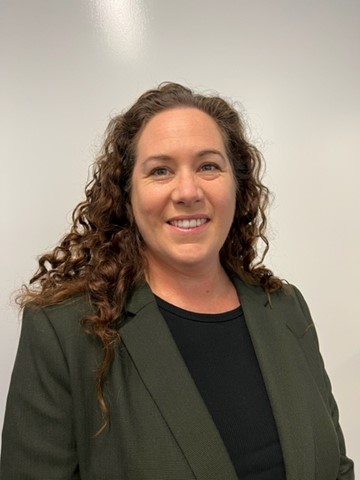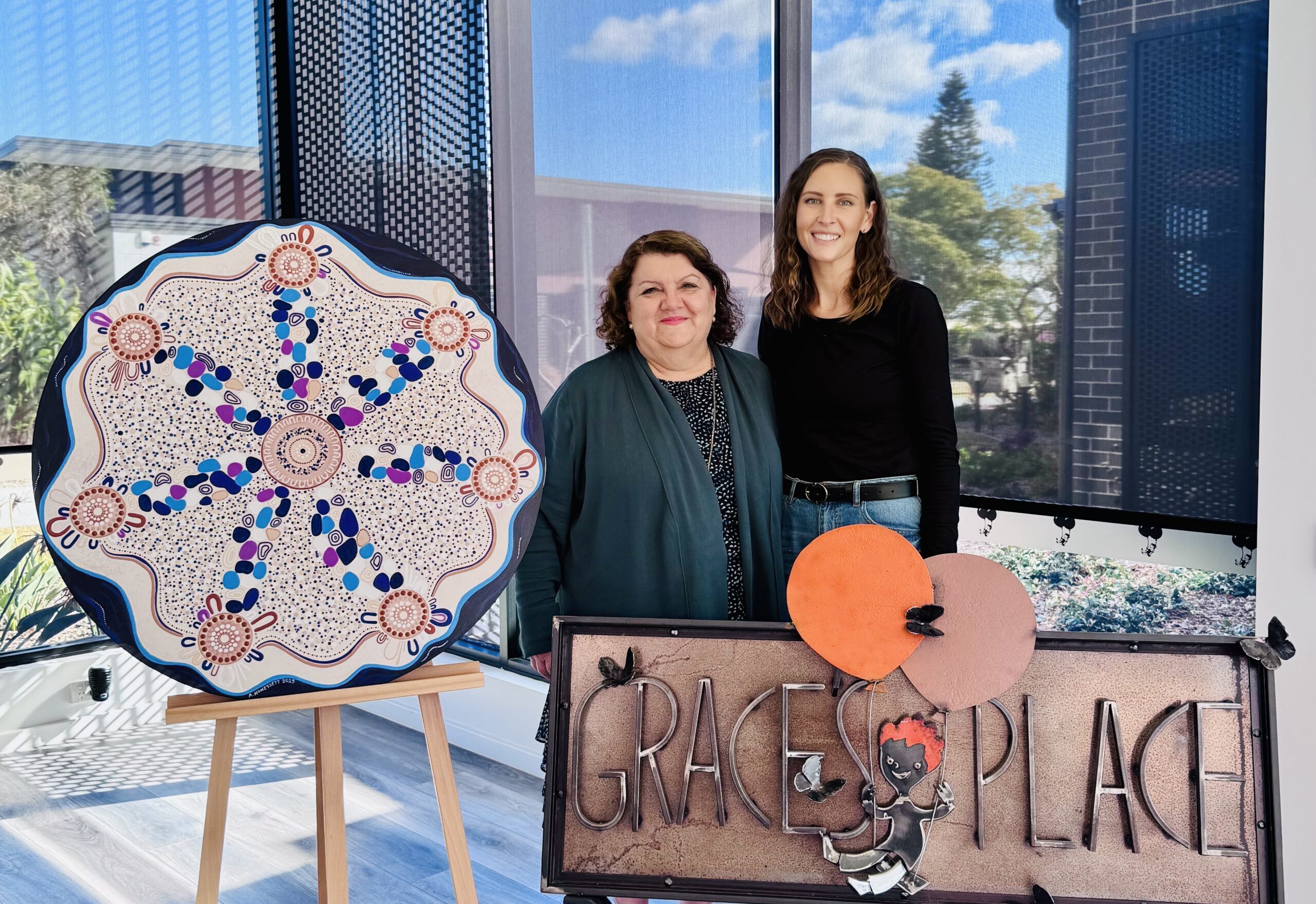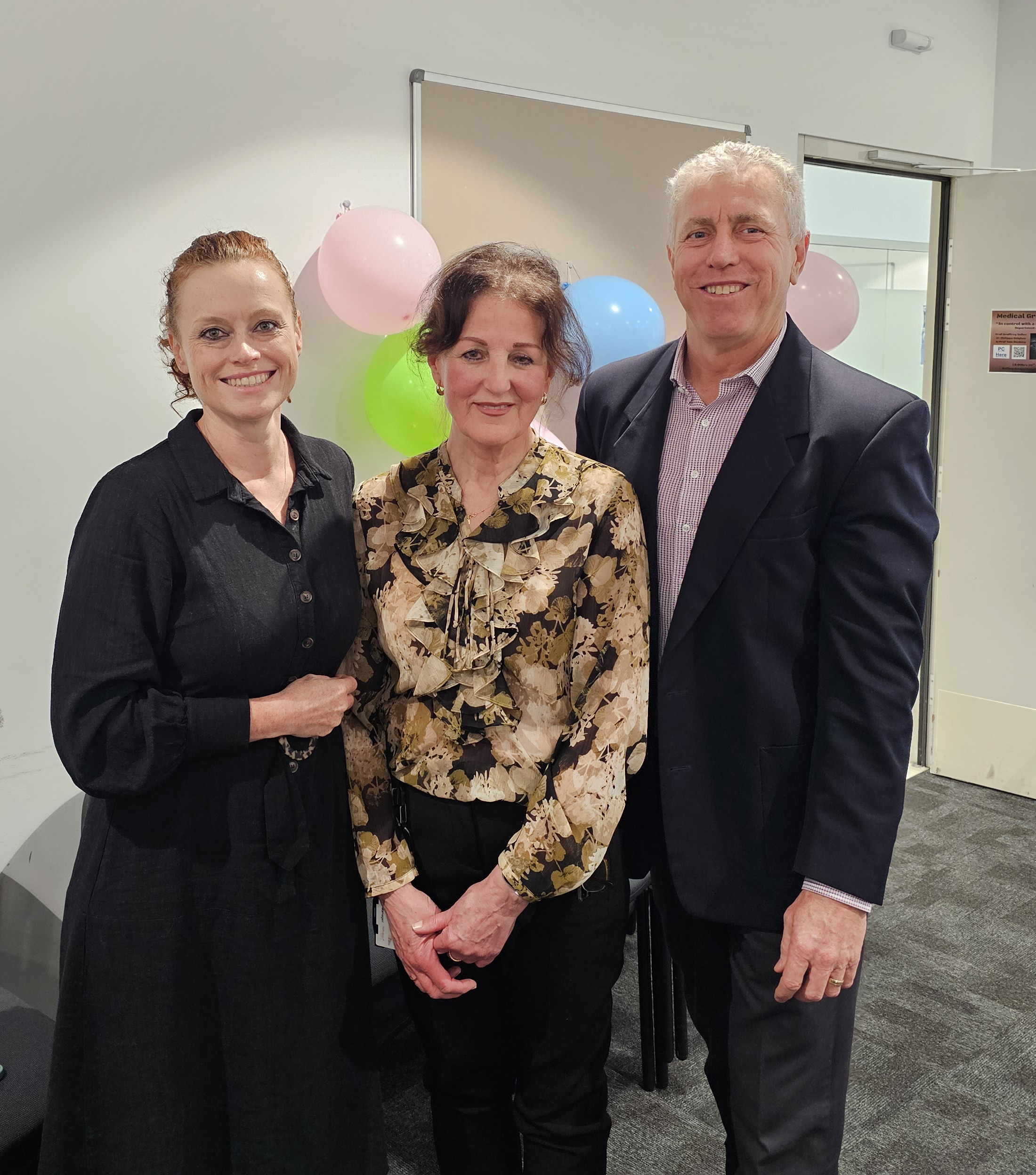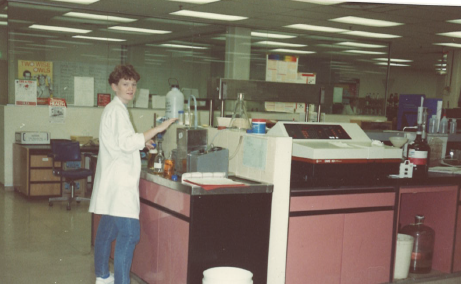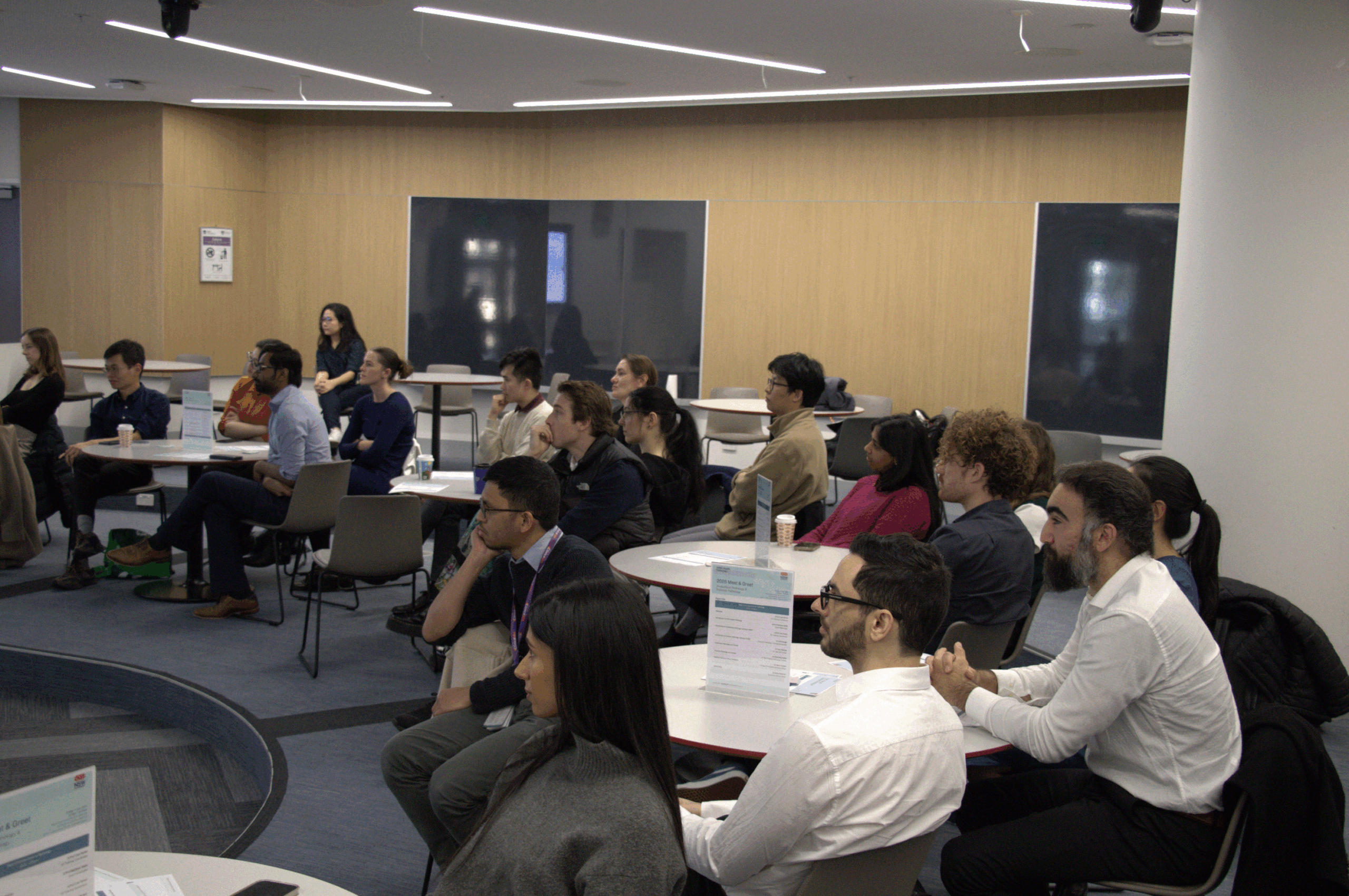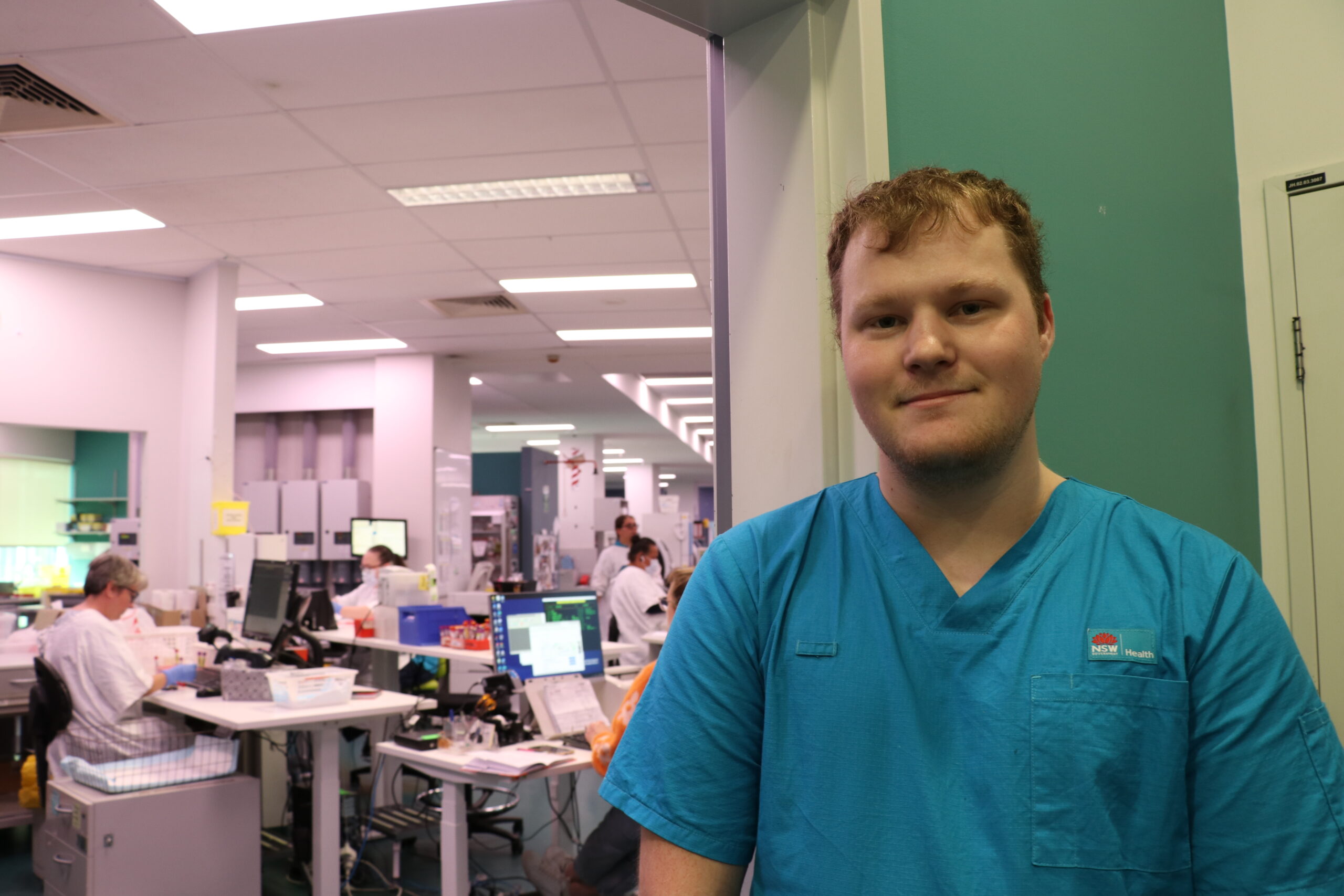Media Contact
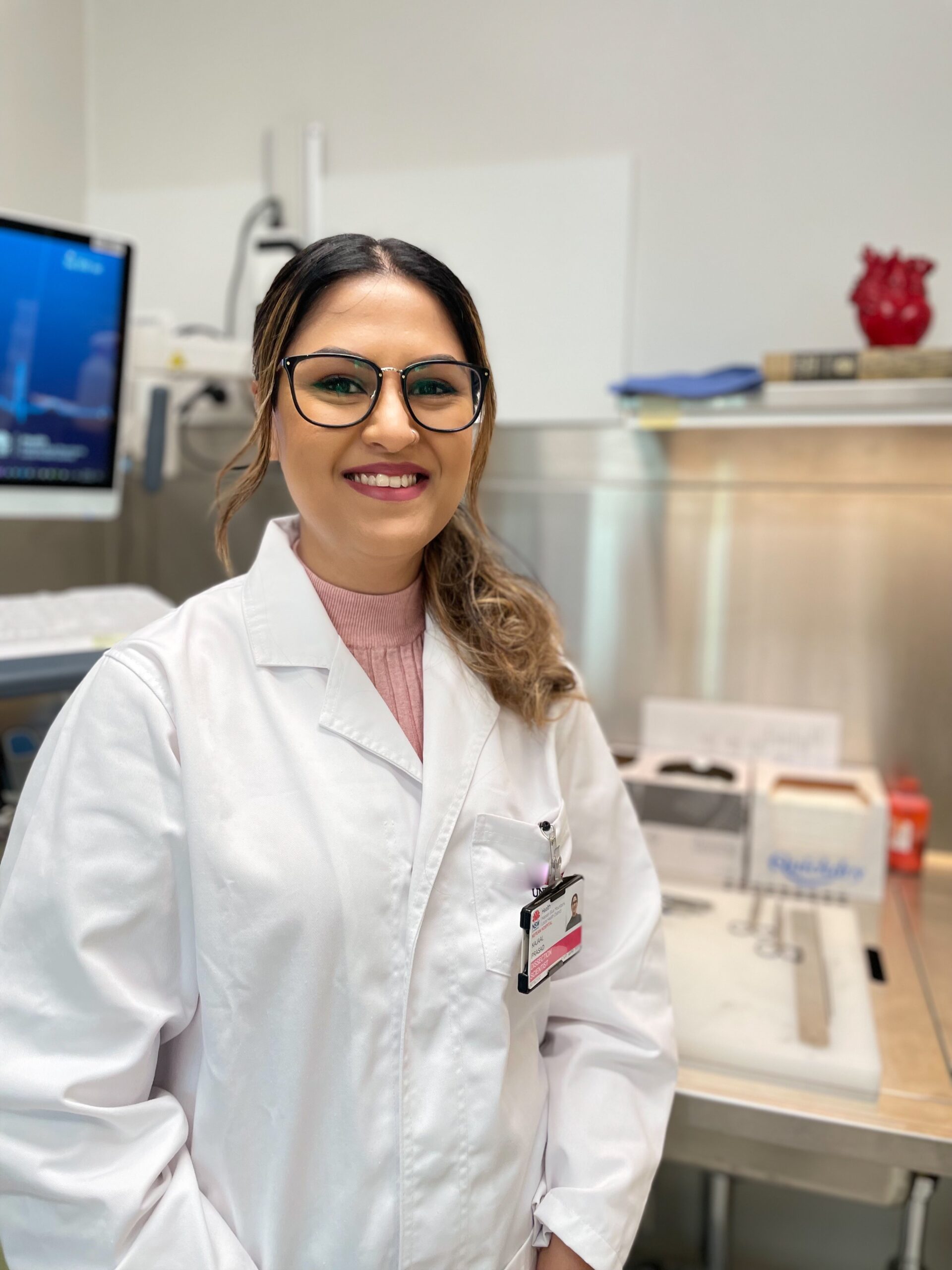
Kajaal Prasad is the team leader in dissection at our Nepean laboratory, playing a key role in the diagnosis and treatment of patients.
Kajaal has been working as a Hospital Scientist (Dissection Scientist) at NSW Health Pathology for just over four years and prior to that was working in pathology in the private sector.
She worked at Westmead Hospital in Anatomical Pathology as a dissection technician before progressing to work as a Dissection Scientist at Nepean.
“Pathology is most definitely the ‘hidden’ part of medicine,” she says.
“When most people hear I work in pathology – they automatically think blood collection. Pathology has so many sub-fields and anatomical pathology is just one of them. We work collectively behind the scenes to provide patients with crucial details regarding their diagnosis and best treatment options.”
As the team leader in dissection, Kajaal oversees the safe and efficient daily operation of cut-up including the triage of specimens.
“I also conduct macroscopic dissection (cut-up) and analysis of non-complex specimens such as biopsies, small organs as well as complex specimens including partial and/or whole organs – basically I cut up organs!
“The work I do in dissection plays a significant role in the diagnosis and treatment of patients as it provides crucial information required for pathology diagnosis. For example, in cancer cases we assess tumours in any given organ and map the tumour to crucial anatomical landmarks to identify whether the tumour is confined within the organ or has potentially spread – which then assists in cancer staging and treatment for patients.”
Kajaal also provides dissection training and support to the laboratory’s dissection technician, scientist and pathology trainees.
She is passionate about anatomy, healthcare, and education.
“This role combines all these components together as I get to use my anatomical knowledge, play a role in many individuals diagnostic journey and share my knowledge to other members of the team during training sessions. It’s the perfect role for me.
“There’s always something new – no one day looks the same. We definitely get some interesting cases that come along which always provides an opportunity to learn. For me, the most rewarding part of my role is being able to help patients with their pathology diagnosis. The next rewarding aspect of my role would be teaching our pathology trainees – they are our future pathologists.”
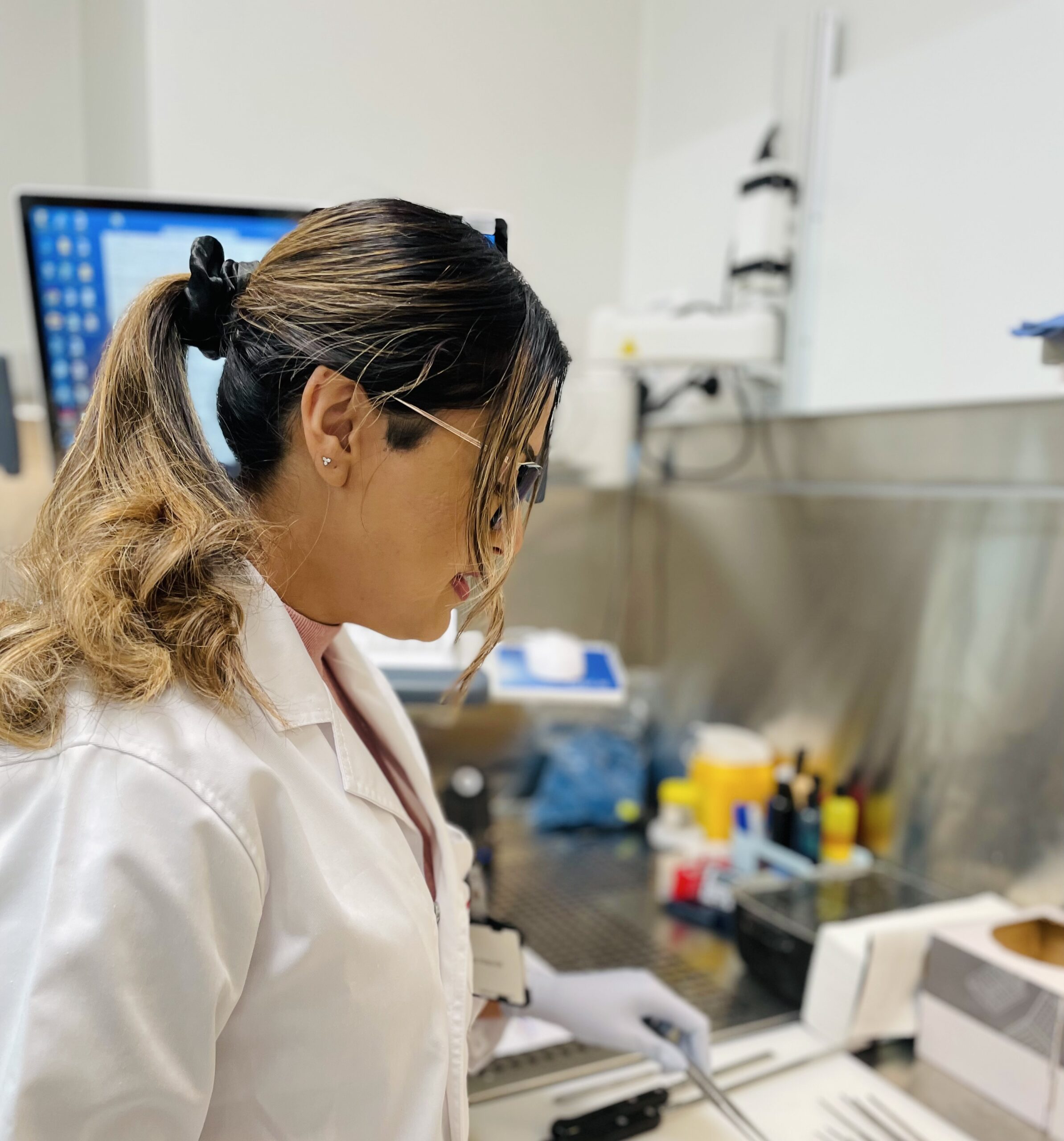
In addition to her work at NSW Health Pathology, Kajaal is also a PhD candidate.
“My research is looking at developing high-fidelity 3D printed breast specimens for dissection training for pathology trainees.”
Kajaal says she would definitely recommend a career in anatomical pathology, saying it provides great flexibility to work independently and within a team.
“It’s a place for continuous learning – if you aren’t afraid of organs or other bodily fluids,” she said.
“I also get to work with a wide range of people in the medical field who share insights about cases. We often get to discuss complex cases with surgeons who complete the surgery of the specimens we receive, working together to provide patients with the best possible outcome.”

